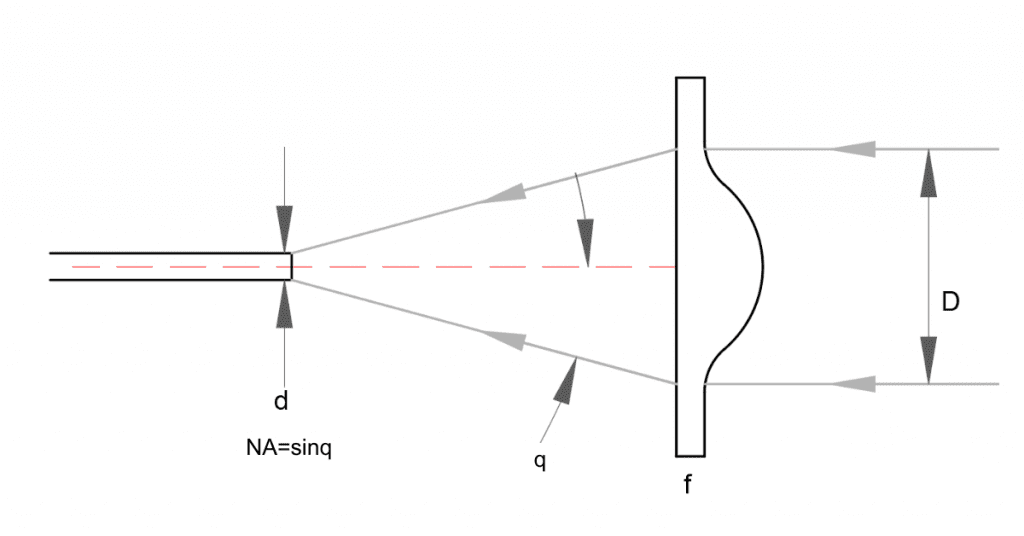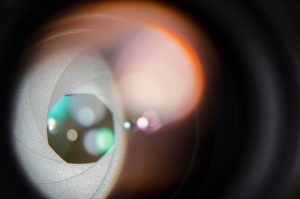Key Takeaways
- Aspheric lenses and aspherical lenses reduce spherical aberration in optical systems, offering an alternative to traditional objective lenses.
- New production techniques have made aspheric lenses more cost-effective, allowing them to replace multiple spherical lenses.
- Compact aspheric lenses are ideal for optical fiber coupling and diode laser collimation, offering high performance with reduced bulk.
- Replacing objective lenses with aspheric lenses requires careful evaluation of specific application requirements and compatibility.
The Evolution of Aspheric Lenses
Aspheric lenses (ASP lenses), distinguished by their non-spherical surface profile, have revolutionized optical systems by mitigating spherical aberration and enhancing image quality. Unlike traditional spherical lenses, aspheric lenses boast variable curvature, effectively focusing light to minimize blur and aberrations. These lenses have become integral to optical systems, offering the promise of more compact assemblies and improved performance.
Cost-Effective Solutions with Aspheric Lenses
While the benefits of aspheric lenses are undeniable, their high cost has limited their widespread adoption across various applications. Recent breakthroughs in aspheric grinding and polishing techniques, however, have paved the way for cost-effective production of high-quality lenses. This has opened up possibilities to replace multiple spherical lenses with a single, affordable aspheric lens, presenting opportunities for creating lighter, smaller, and simpler optical systems without compromising performance.
Aspheric Lenses: A Microscopic Innovation
Compact glass aspheric lenses emerge as a viable alternative to conventional microscope objectives. Unlike their spherical counterparts, these lenses refract light at significant angles, minimizing spherical aberration. This unique quality allows a single aspheric lens to perform tasks equivalent to complex compound lens systems. Aspherical lenses, with their low loss, reduced bulk, and fewer components, prove advantageous in scenarios requiring small F-numbers, such as optical fiber coupling and diode laser collimation.
Technical Considerations for Replacing Objective Lenses with Aspheric Lenses
In theory, the substitution of aspheric lenses for objective lenses is feasible. However, the appropriateness of such a replacement hinges on the specific application. Prior research and verification are crucial when contemplating this transition. Objective lenses typically have specific requirements, such as a flat field of view or a particular magnification, and the compatibility of aspheric lenses with these criteria must be thoroughly assessed.
Application-Specific Suitability of Aspheric Lenses
Determining the suitability of aspheric lenses as objective lenses requires a comprehensive evaluation based on the unique characteristics of the lens and the optics employed. The potential advantages, such as reduced bulk and improved optical performance, need to be weighed against the specific requirements of the application. Additionally, potential optical effects and challenges associated with using aspheric lenses should be taken into consideration when exploring their integration into optical systems.
For basic applications like viewing laser diodes or for use with optical fibers, the compact aspheric lens offers magnification and in-axis performance that rivals microscope objectives but in a smaller, lighter package. The lens’s aspheric surface has the same RMS thread as that of a microscope objective. To choose the correct aspheric lens for your beam-focusing or converging needs, first calculate the appropriate focal length via this formula: f = D(πω/4λ), where f represents the focal length of the lens, π is the 1/e2 beam diameter to be focused, ω is the beam diameter at the focus, λ is the wavelength. This method will help you determine the appropriate focal distance.


Conclusion: A Technological Frontier Unveiled
While it is theoretically possible to use aspheric lenses in place of objective lenses, their applicability depends on the specific optical system and application. Aspherical lenses are sometimes used to correct spherical aberration and can perform the same function when used as an objective lens.
Aspheric lenses stand as a testament to the continuous evolution of optical technology. The strides made in their production processes have brought cost-effective solutions to the forefront, unlocking the potential to reshape optical systems. While the possibility of replacing objective lenses with aspheric lenses exists, careful consideration of application-specific requirements and thorough research are essential steps in harnessing the full benefits of this innovative lens technology.
GREAT ARTICLE!
Share this article to gain insights from your connections!



